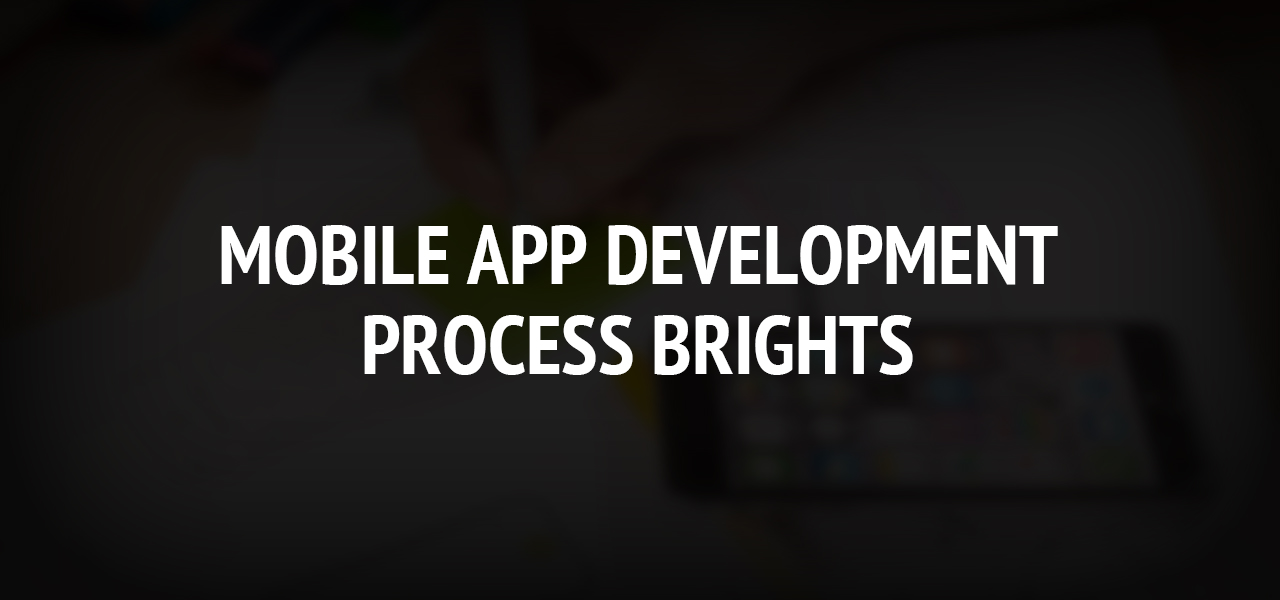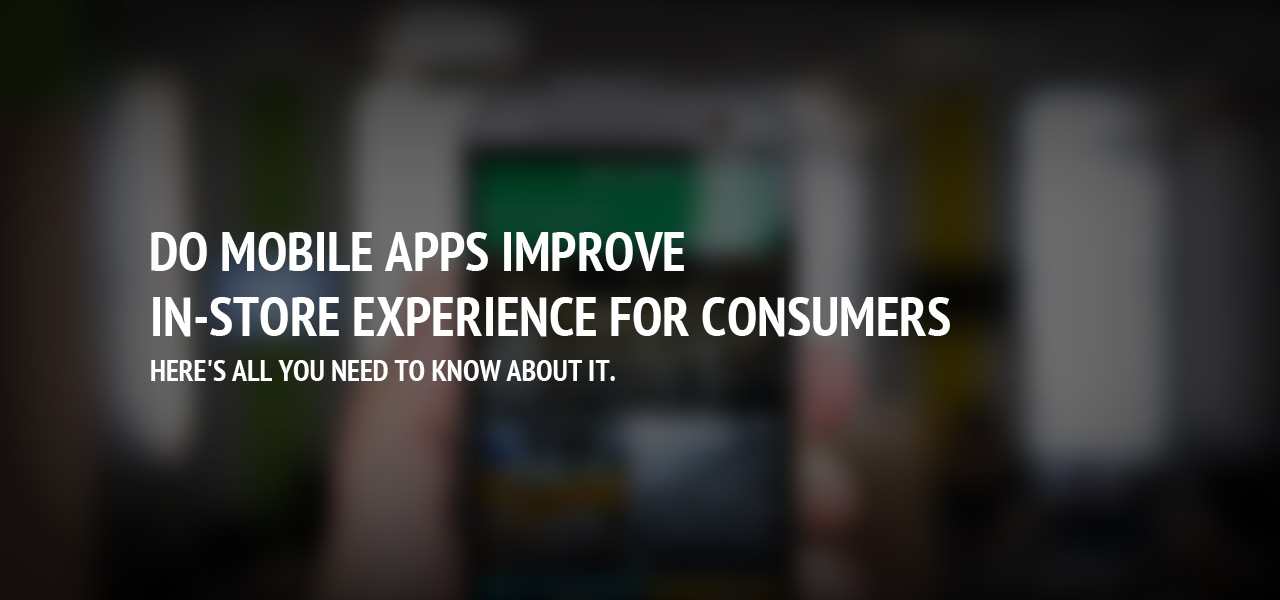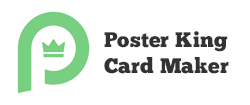Mobile app development process Brights

We live in a fast-paced and demanding world. Speed and convenience are main factors for business interactions, communication, and shopping. Smartphones make this quicker and more efficient. The need for mobile development is increasing as each business strives to make its own mobile app to expand its reach. Research shows the mobile app segment will have a net worth of 6.3 trillion dollars by next year.
To create a desired app companies can turn to web development agencies. Brights web and mobile developers have significant experience in the field that can greatly benefit their prospect clients. Professional approach to the new software creation means providing a complete technological solution for a business aimed at maximizing the clients' benefit from app’s use. Below readers can learn about the main aspects of the mobile app development.
Research
To start putting the idea into the product you should define your targets and do market research. The viability of the project will be determined by it. Always focus on end users' needs, know their characteristics, understand their business life-cycle, and plan how to reach and retain them. Have a look at the main aspects that should be defined before making a new app:
1. What problems exist and how will your app become a solution?
2. What kind of users are you targeting? What are their core needs?
3. Why is a new app valuable? What features are most important and what features would single the app out from many in the market?
4. Which mobile platforms and operating systems will the new app be built for?
5. What apps are your competitors and what are their main features?
6. What resources does the process of the app engineering require?
7. What is the timeframe of the new app creation? When will it be ready for deployment?
8. What promotion and marketing strategy will be implemented?
9. What is the plan to maintain, update, and debug the app?
Wireframing and storyboard
The next step consists of wireframing to get a better understanding of future mobile software functionality and user interface visualization. Wireframing means drawing sketches of the new product, depicting general layout and interface key components - icons, buttons, fields, their size, placement, and other layout details. Wireframes help to uncover usability issues and backend technical restrictions. Wireframing shows how all proposed features can fuse together into a functional app. Normally, a storyboard is also created to depict the relationship between screens and app user navigation.
Technology Assessment
When your app interface visualization starts looking great, close attention should be given to the backend systems that will provide the expected functionality. The back-end processes will determine whether the concept of a new application is technically feasible. Reaching to public API and navigating public data with various portable devices on several platforms will give useful ideas for backend systems configuration, and will reveal if the initial functionality is feasible. The preferred technologies implementation and their stack should also be decided and finalized before moving further.
Prototype
It is a simplified model of the constructed app. When introducing new concepts, prototypes are extremely useful to implement. They remove the uncertainty during the app creation, giving the “real feel” for the app look and functionality. Prototypes serve as a demonstration of the app, help to evaluate the visual interface, user experience, and the future app’s flow of work. Prototype presents the app concept to users to determine the most common use cases. Presenting it to the stakeholders will help to validate earlier gathered requirements.
Design
Here a visual representation of the product is created, showing the engineers how the app should look, feel, and flow. User experience (UX) design depicts how screen elements interact, and how the user interacts with the app. User Interface (UI) design is responsible for the visual appeal and feel of the app. Application design process usually consists of following elements:
- Information architecture. It is the structure and method in which data, interface, and functionality of the future app is organized. The app platform details and the app behavior on the platform may also be specified.
- Workflows or process flows. They indicate how the app should interact with the user.
- Style guides. They standardize both UI elements and UI frames, define the process flow, and ensure the app uniformity. They are responsible for app usability, consistency of elements use, and appeal of interface sections. Style guides improve understanding of separate app functions.
- Mockup or high-fidelity design. It presents the app’s visual look by fitting wireframes into the style-guide standards. Mockup interconnects all elements of visual design and establishes the general flow of the app. The mockup can not animate core processes but can demonstrate them through static design.
Programming
The development phase actually starts with the app's prototype creation to validate functionality, expectations, and summarize the extent of work.
The core of app creation consists of actual programming and includes the establishment of the coding environment, development of code sections for the backend and server part, APIs, and the mobile app frontend.
1. Backend. Database and server-side systems support functions of the mobile app through connection to the network.
2. Application Programming Interface (API). Its integration connects new app with the backend, operation system, and installed programs.
3. Frontend. It is the part that mobile app end-users see and interact with.
Mobile apps engineers can choose from a considerable list of available programming languages to write code for the app. To make a judgement which one to use, programmers define what exact results the app should bring and what devices it will run on. The technology then is chosen that works well between the frontend and the backend. Prior experience of the developers also plays a decisive role.
Quality Assurance
App testing is important as it shows the quality of the constructed software. It is carried out to find possible defects in the app to prevent future malfunctions and usage problems. App testing can follow, overlap with or go parallel with programming, depending on the software development method. The test phase is followed by the correction programming aimed at bug elimination leading to app approval for launch.
Deployment
This stage may start with a release of a beta version or with a “soft” launch in the inner circle of users or developers. For some apps, engineers deploy the backend first, to facilitate the app operation, and then they launch the app. After the feedback is received, the finalized app might be published at Google Play, Apple App Store, or launched within the designated company. To become a success with its users a mobile app launch should be supported by a marketing strategy to promote app awareness, increase app downloads and customer engagement.
Maintenance
App support is almost as important as development for preserving the users' loyalty in the long run. After the app' s first downloads, some issues may surface in the app functionality that will require fixes. Updates and new features will be needed later on. To achieve that a reliable support service should be implemented.
Summary
The mobile app engineering process requires skill and knowledge. The best results are achieved if all described above phases in development are implemented at a professional level. Skipping a phase might save resources at the moment, but will bring losses in the future. It is highly recommended to turn to a highly-skilled development team who will apply its mobile software engineering expertise to the creation of a fully functional and appealing app.
About The Author
Related Blog
View All-
Do Mobile Apps Improve In-Store Experience For Consumers? Here's All You Need To Know About It.
Shopping is an experience for stressed out souls. Many celebrities consider shopping as a therapeutic experience. According to Cat Deeley, the eminent British television presenter, singer and actor, she does shopping for the shopping's sake. Scouting for the ...
-
What is IT Staff Augmentation?
In terms of the Covid-19 pandemic a lot of businesses have gone online. Due to this sophisticated IT specialists have become in demand. Never before had it been so difficult to hire a specialist with vast experience and high expertise. Taking into account all ...







